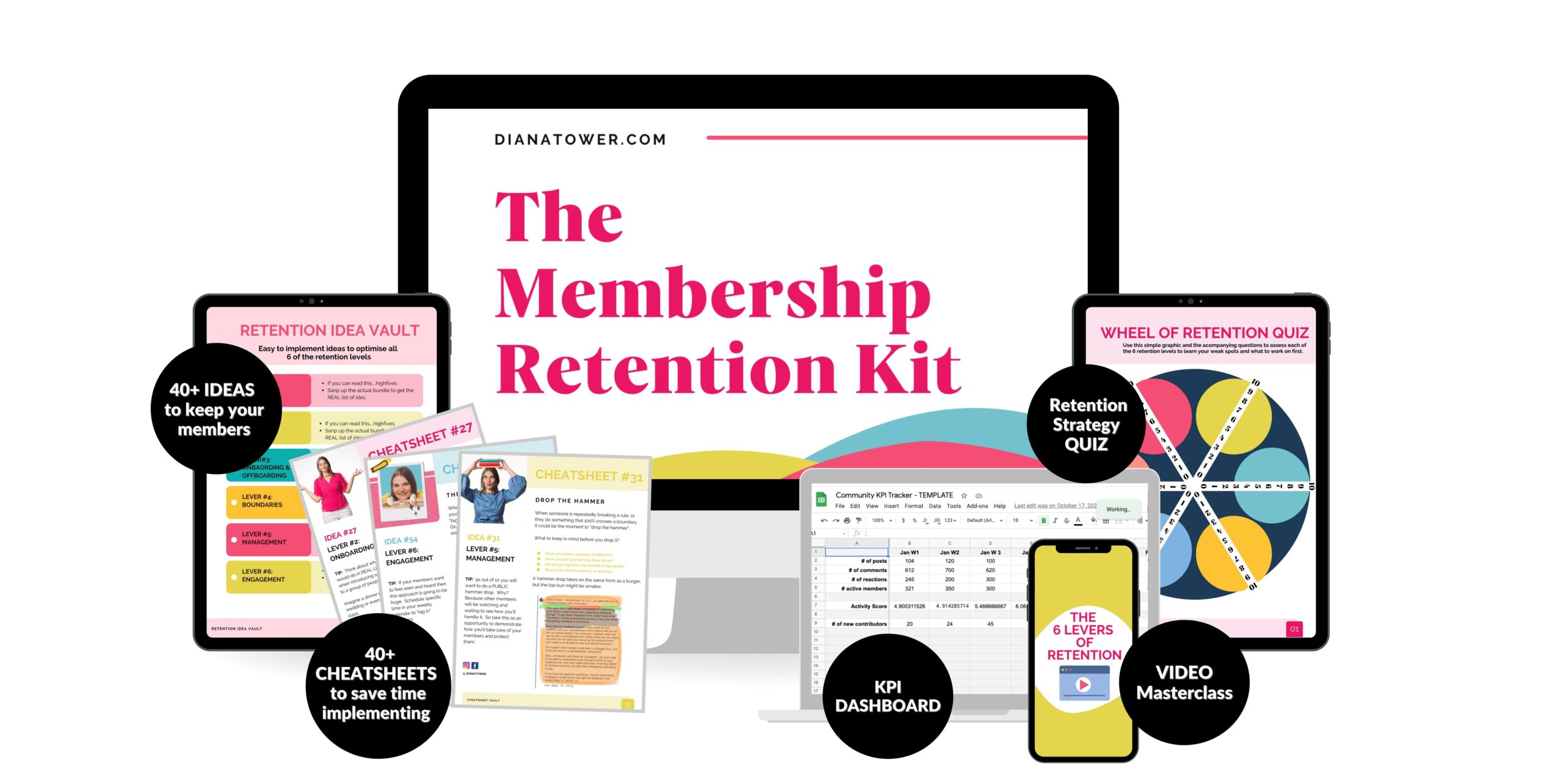Chapter 1 —
The top 4 mistakes that you’ve probably already made and what to do instead.
1. Not being yourself and not letting your personality shine through.
Why the fuck do people think that they suddenly need to be a totally different person when they launch a community?
Your students joined your program for a couple of reasons, one of them being that they trust and like YOU just the way you are. So why would you throw on a disguise and muzzle your colourful vocabulary just to “be professional” or be what you “think” you should be.
Just stop it. What did your Mom say to you when you were nervous about your first day of school?
Little you: “Mummy, I’m scared no one will like me.”
Yo mama: “Well Jane, you’re a fucking weirdo and it would probably be best for you to keep your mouth shut, smile and not do anything too weird cause people probably won’t like you the way you are. Have a great day honey!”
If that is what she said…um…well…damn. I’m sorry. BUT most likely she said something more along the lines of.
“Well Jane. Fuck them. If someone doesn’t like you, that’s ok. Just be yourself. You’re a funny kid and you’ll make friends. Kids can be cruel sometimes but that’s no reason to pretend to be something you’re not”.
So, when you run your community, it should be dripping with your own special ‘YOUR NAME” sauce. Any community that I launch or manage gets a taste of my personality which can be pretty much summed up with memes and GIFs.
I admit it. I’m a total MEME and GIF addict. And I’m not talking just run of the mill MEMEs and GIFs…I’m talking about personalized ones with me or my students as the protagonists. You’ll get a taste of over 40 GIFs in this guide alone!
There’s just something far more personal and funny about a meme than a simple written message.
Also note that your students will feel it when you try to be something you’re not. They’ll smell the BS a mile a way. They aren’t stupid.
Be yourself and your students will return the favour. There is nothing better for engagement than the feeling that we can ALL just be ourselves. You set the tone.
2. Not ASKING members what they want and need right off the bat.
That’s right boys and girls, instead of trying to crystal ball what your students want and need from the community…just ask them. This simple and easy step kills two engagement birds with one action stone.
You see, when you ask your students what they want,
- You get a better understanding of what they want. I say a “better” understanding because doing this kind of research isn’t 100% accurate. CORRECT! Your students might not even know what they want or really need so they’ll just say something that sounds useful (when it isn’t actually what they truly want). So take their answers with a pebble of salt. This is why it’s so important to track certain data on your community and students. So you can compare the data with what they say. We’ll get to that though.
- You make them feel like you give a shit about what they think. This is huge! Even if you didn’t give a shit, or use the information at all…simply asking them what they want sets the tone. Now of course, I wouldn’t recommend setting up a survey or interviewing students to make them feel like you care, and then simply doing fuck all with that information. That would be pretty shitty of you -poo poo on you.
3. Focusing on random tactics and challenges without knowing the emotional needs of your members.
Say whaaat? I need to know the emotional needs of my members? I’m not a therapist Diana!
Sorry sweetheart, but the emotions of your members ARE your biz-naz and you need to know about them. Sadly, so many people (probably yourself included…no judgement) slap up a community for their course and simply cherry pick tactics and “engagement strategies” from other courses.
“That cool welcome thread works in XYZ community, I’m going to do the same.”
Let me be real with you.
You could do this and end up with an ok community, but is that what you want? Students talking about your course to other people saying, “I’m taking [YOUR NAME]’s new course [CATCHY COURSE NAME] and the community is ok pretty good.”
FML. NO…that is NOT what you want happening. You want people to say something a little more along the lines of.
“I’m taking [YOUR NAME]’s new course [CATCHY COURSE NAME] and the community is fucking amazing. I’d pay double the price of the course simply to get access to that tribe of mo’tha-fuc-ahhs!”
Students come for the courses, but they stay for the communities. You owe it to your students to make your community sticky as fuck! The BEST place on earth for your particular niche…and by the end of this guide you’ll know exactly how to do that.
4. You being TOO active in your group. Yes my friend. Back off you eager beaver!
This is probably my favorite mistake…being TOO active. Picture it. You set up your community and launch your course. Your students start to trickle in and your eyes start to widen.
- Shit…why isn’t anyone introducing themselves?
- Is FB (Slack…insert platform name here) broken?
- Did my how-to videos confuse or overwhelm everyone?
- Maybe people are scared to break the ice.
What the fuck should I do? I know!! I’ll just get the ball rolling and introduce myself. Maybe I’ll post a comment on the how-to thread as well. I’ll “engage” the community initially to get things rolling and then back off later.
STOP. Just stop it! For the love of the big guy upstairs.
What are you doing? Back away from your keyboard, sit on your hands and just let people do their thing!
You set up your community correctly right? (If you aren’t sure then you need to read this guide’s beefy big sister, “The Ultimate Guide to Building a Profitable Online Community From Scratch”.
You see…if you dive in and start “engaging” you’re actually telling your members how you’re going to be running the group. You’re showing them how involved you’ll be AND you’re also saying,
“hey guys, I’m going to be super involved here and you can simply speak to me…don’t bother connecting with one another…this community is all about direct access to moi!”
So when you’re kicking things off…or if you’re running an existing community…be mindful of what you’re showing your members. If you are providing coaching via the community, like Primoz Bozic does in Ultimate Guide System, then it makes sense to be super active and accessible.
If you’re looking to create a community where students support each other and can help each other out based on your course material, like Ramit Sethi and his Zero to Launch course community then you’d be best to choose a level of involvement and stick to it. Set it and forget it!
Keep Reading...




